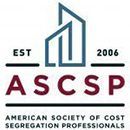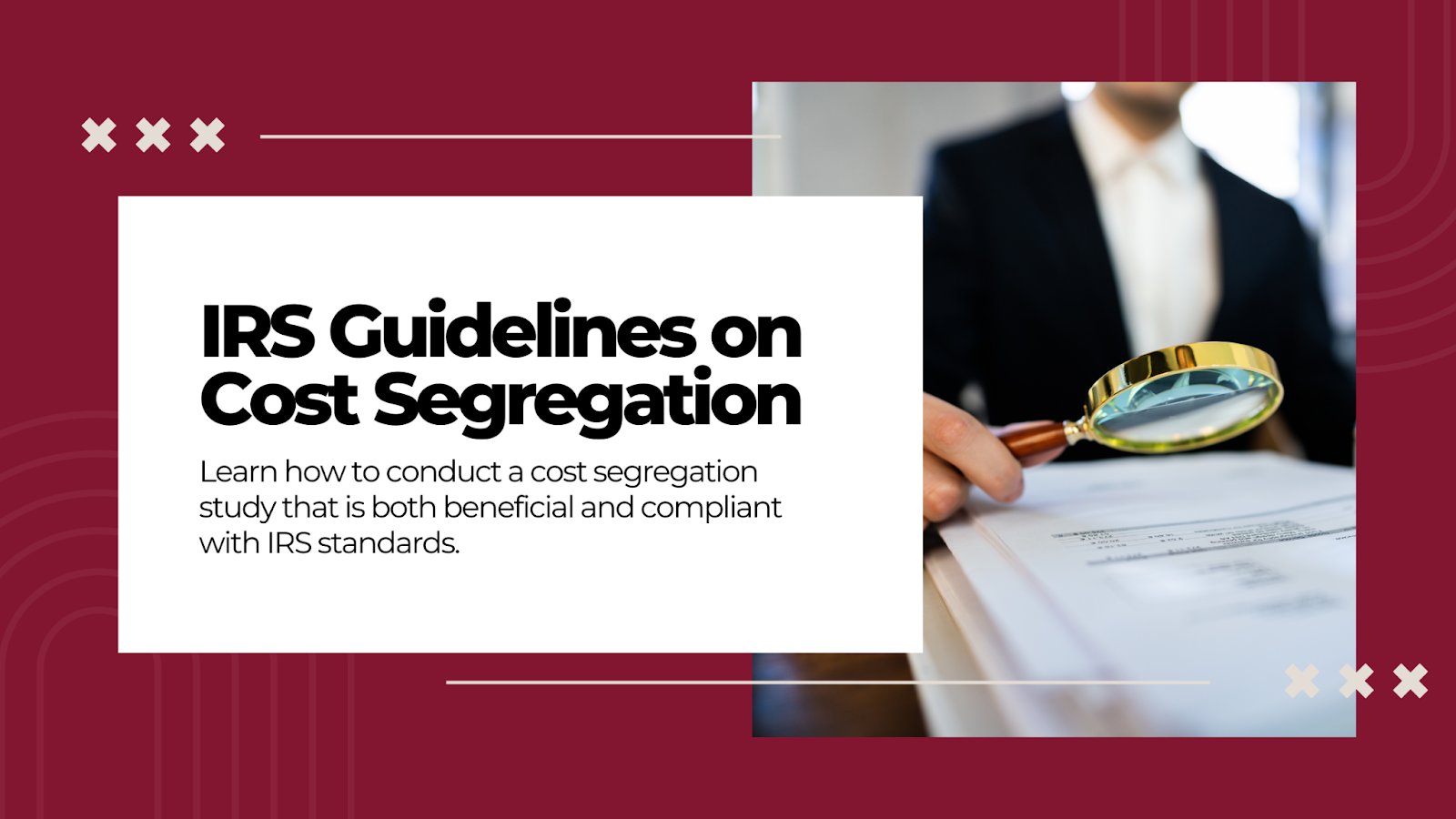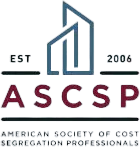The Role of Engineers in Cost Segregation
Imagine uncovering hidden tax savings amounting to tens or even hundreds of thousands of dollars—savings that can be reinvested into your business, property improvements, or other ventures.
Take, for example, a commercial property owner who recently conducted a cost segregation study and discovered $250,000 in tax savings over a few years. This was made possible by identifying and reclassifying building components, accelerating their depreciation schedules. Such outcomes are achievable with the right expertise and approach.
At the heart of every successful cost segregation study are skilled engineers. These professionals bring technical knowledge and analytical precision, making them indispensable to the process. Engineers analyze building components, ensuring that every eligible item is identified and reclassified correctly. Their role is crucial in navigating the complexities of IRS guidelines and securing maximum tax benefits for property owners.
In this blog post, we will explore the basics of cost segregation and the indispensable role engineers play in this process. By the end, you'll understand why partnering with experienced engineers is essential for unlocking the full potential of cost segregation.
The Basics of Cost Segregation
Cost segregation is a tax strategy that allows property owners to accelerate depreciation deductions by reclassifying certain building components. Instead of depreciating the entire property over the standard 27.5 or 39-year period, cost segregation identifies specific assets within the property that can be depreciated over shorter lifespans, typically 5, 7, or 15 years. This reclassification results in larger depreciation deductions in the earlier years of property ownership, thereby reducing taxable income and increasing cash flow.
Process Overview
The process of a cost segregation study involves several key steps:
- Initial Assessment: A preliminary review of the property is conducted to determine if a cost segregation study will be beneficial.
- Data Collection: Detailed information about the property, including construction costs, blueprints, and invoices, is gathered.
- Site Inspection: Engineers visit the property to identify and document the various components and systems.
- Cost Allocation: Each building component is analyzed and reclassified into appropriate depreciation categories.
- Report Preparation: A comprehensive report is prepared, detailing the findings and providing the necessary documentation to support the reclassifications.
- Implementation: The report is used to adjust depreciation schedules and amend tax returns if necessary, ensuring compliance with IRS guidelines.
Conducting a cost segregation study not only maximizes tax benefits but also ensures that property owners are leveraging all available resources to optimize their financial strategies.
Engineers and Cost Segregation
Technical Expertise
Engineers play a role in cost segregation studies due to their specialized knowledge and skills. Their background in construction, architecture, and engineering equips them with the technical expertise needed to dissect a building into its component parts.
This deep understanding allows engineers to identify which assets qualify for accelerated depreciation and to accurately assess their value. Their ability to interpret construction documents, blueprints, and specifications is crucial in ensuring every eligible component is properly classified. Each of these asset categories can benefit significantly from the accelerated depreciation schedules afforded by cost segregation.
Methodology
The methodology engineers employ in a cost segregation study is both systematic and thorough. It involves:
- Detailed Property Analysis: Engineers conduct a comprehensive review of the property, examining all physical aspects and documentation, including construction costs, architectural plans, and detailed invoices.
- Component Identification: They identify and categorize all building components into various asset classes, such as land improvements, personal property, and real property.
- Cost Allocation: Using their technical expertise, engineers allocate costs to each component based on construction cost data and industry standards. This involves determining the remaining useful life of assets and applying appropriate depreciation schedules.
- Documentation: Engineers meticulously document their findings, creating detailed reports that outline the reclassification of assets and the rationale behind each decision.
Accuracy and Compliance
Precision is critical in cost segregation studies, and engineers ensure that the reclassification of assets complies with IRS guidelines. Accurate classification not only maximizes tax benefits but also minimizes the risk of an IRS audit. Engineers' attention to detail and adherence to regulatory standards are essential in producing reliable and defensible cost segregation reports.
Their thorough documentation and methodological approach provide the necessary support for property owners to confidently implement the study's findings in their tax filings, ensuring compliance and optimizing tax savings. By leveraging the specialized skills of engineers, property owners can be assured that their cost segregation studies are both accurate and compliant, leading to substantial financial benefits and peace of mind.
Diverse Property Types
Engineers must tailor their approach to cost segregation studies to accommodate the unique characteristics of different property types. Each type of property—whether commercial, residential, or industrial—presents distinct challenges and opportunities for asset reclassification. Here’s how engineers adapt their methodologies to suit various property categories:
Commercial Properties
For commercial properties such as office buildings, retail spaces, and hotels, engineers focus on identifying assets that can be classified as personal property or land improvements. This includes items like carpeting, lighting fixtures, signage, and landscaping.
- Personal Property: Engineers identify movable items and fixtures that can be depreciated over shorter periods.
- Land Improvements: Elements like parking lots, sidewalks, and landscaping are reclassified to benefit from accelerated depreciation schedules.
Residential Properties
In residential properties, such as apartment complexes and rental homes, engineers look for opportunities to reclassify common area components and building systems.
- Common Areas: Components like clubhouses, pools, and recreational facilities can often be depreciated more rapidly.
- Building Systems: Engineers analyze systems such as HVAC, plumbing, and electrical systems to determine which elements qualify for shorter depreciation periods.
Industrial Properties
Industrial properties, including manufacturing plants and warehouses, often contain specialized equipment and unique structural components that can be reclassified.
- Specialized Equipment: Engineers focus on machinery, production lines, and specialized electrical systems that support manufacturing processes.
- Structural Components: Structural elements unique to industrial operations, such as reinforced flooring and heavy-duty ventilation systems, are examined for potential reclassification.
Mixed-Use Properties
Mixed-use properties combine elements of commercial, residential, and industrial spaces, requiring a more complex and nuanced approach.
- Zoning and Usage: Engineers must consider zoning laws and the intended use of different areas within the property to accurately classify assets.
- Integrated Systems: Shared systems serving multiple functions (e.g., commercial kitchens, combined heating/cooling systems) are analyzed for optimal classification.
Adaptation and Customization
To effectively manage these diverse property types, engineers employ a customized approach that includes:
- On-Site Inspections: Conducting thorough site visits to observe and document the specific features and uses of the property.
- Detailed Cost Breakdown: Reviewing detailed cost records and construction documents to ensure accurate allocation of costs.
- Collaboration: Working closely with property owners, architects, and contractors to gather comprehensive information and insights.
By adapting their strategies to the specific needs of each property type, engineers ensure that cost segregation studies are accurate, compliant, and maximally beneficial, providing property owners with significant tax savings and optimized financial outcomes.
Take Action with Cost Segregation
Throughout this blog post, we've explored the essential role engineers play in the cost segregation process and how their expertise translates into significant tax savings for property owners. Here's a quick recap of the key points:
- Definition and Benefits: Cost segregation accelerates depreciation deductions, boosting cash flow and reducing taxable income.
- Engineers' Expertise: Engineers bring specialized knowledge in construction, architecture, and engineering, enabling precise asset reclassification.
- Methodology: Engineers use systematic approaches, including detailed property analysis, component identification, cost allocation, and meticulous documentation.
- Diverse Property Types: Engineers adapt their strategies to various property types, such as commercial, residential, and industrial, to maximize tax benefits.
- Accuracy and Compliance: Precision and adherence to IRS guidelines are crucial for producing reliable and defensible cost segregation reports.
By understanding and leveraging the expertise of engineers in cost segregation, property owners can unlock substantial tax savings and enhance their overall financial strategy. Don't miss out on the opportunity to maximize your property's value
Find a Qualified Professional
The ASCSP is home to a directory of certified cost segregation professionals who adhere to the highest standards of practice. By visiting the ASCSP's directory, you can find a qualified professional in your area who can guide you through the process and help you reap the full financial benefits of cost segregation.
Learn More About Cost Segregation
The American Society of Cost Segregation Professionals (ASCSP) offers a network of qualified professionals who specialize in these studies. ASCSP members adhere to a high standard of practice and are equipped with the latest insights and methodologies in cost segregation.
We encourage you to reach out to a member of the ASCSP to discuss how a cost segregation study can benefit your specific property scenario. Whether you are new to property investment or looking to optimize your current assets, cost segregation professionals can provide the expertise you need to make informed decisions and achieve substantial financial gains!
Visit the American Society of Cost Segregation Professionals (ASCSP) website to access our information and resources that can provide you with a thorough understanding of cost segregation and its advantages.




